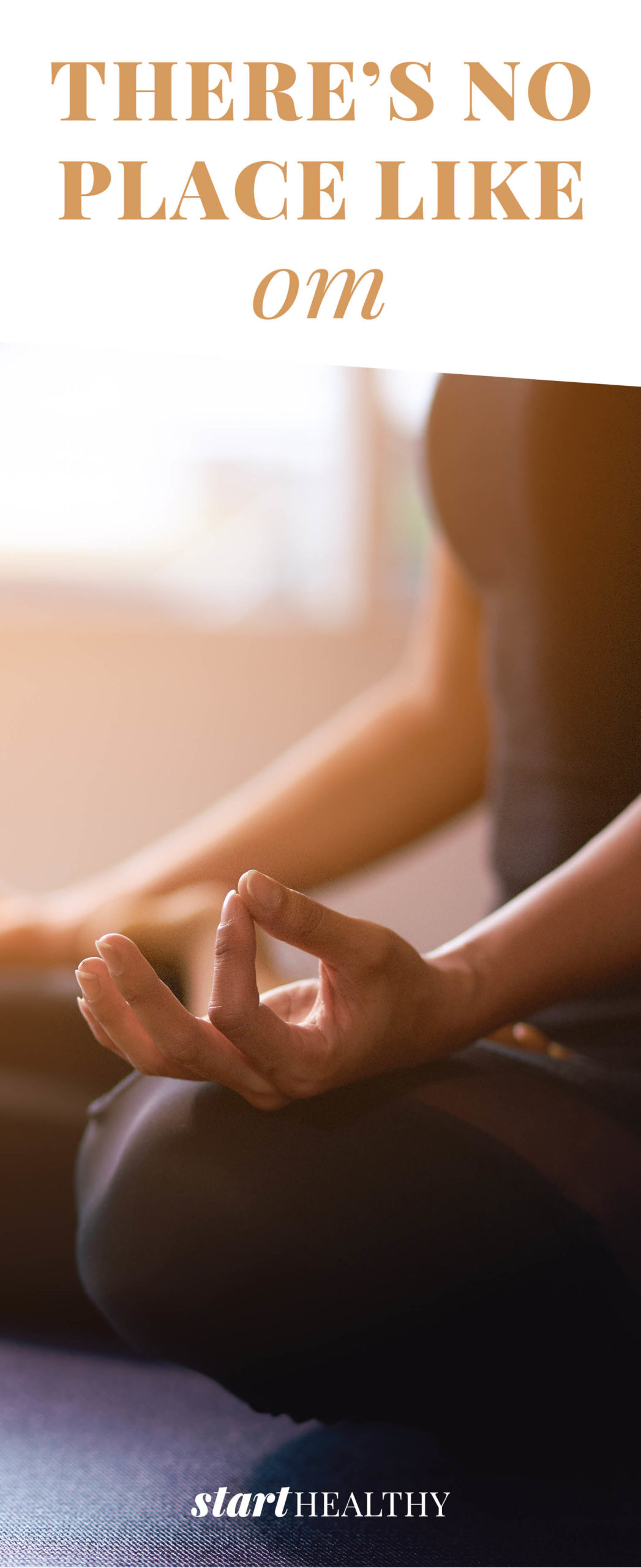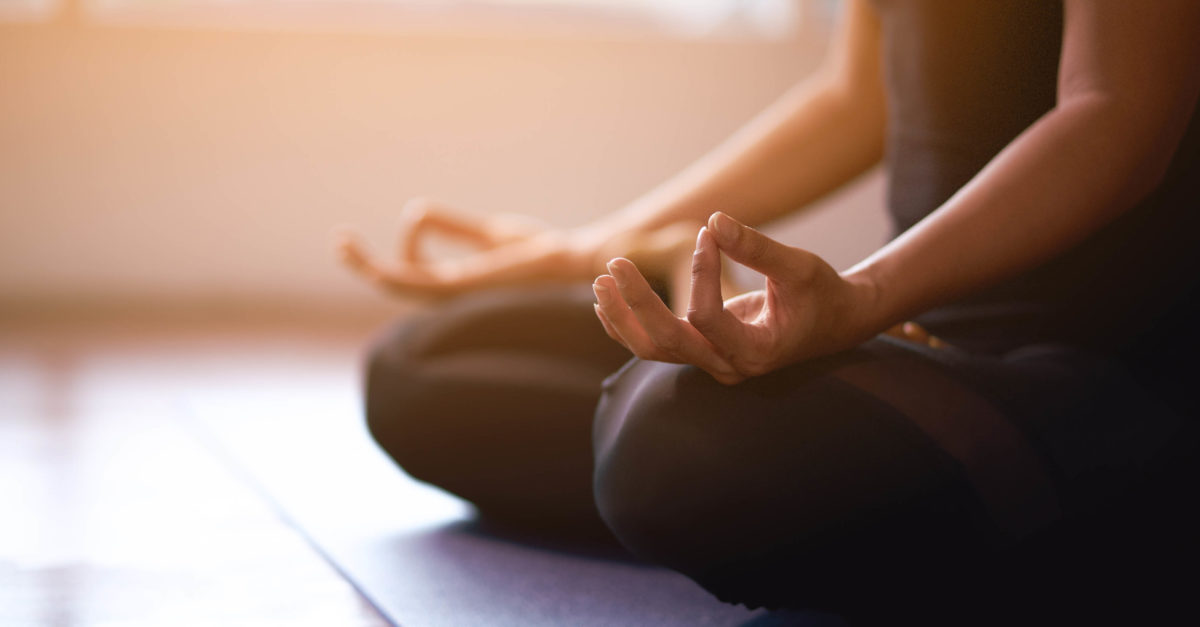There’s No Place Like Om
When it comes to yoga, there’s something for everyone. If you want an intense workout that pushes your physical fitness to the limit, hot yoga may be for you. But if you want a class that emphasizes breath and energy, Kundalini yoga is worth trying. There’s also another kind of yoga that involves something more … unusual: animals!
Take a journey through many different types of yoga. Young or old, newbie or regular, you’ll be inhaling and exhaling a little bit easier by the end.
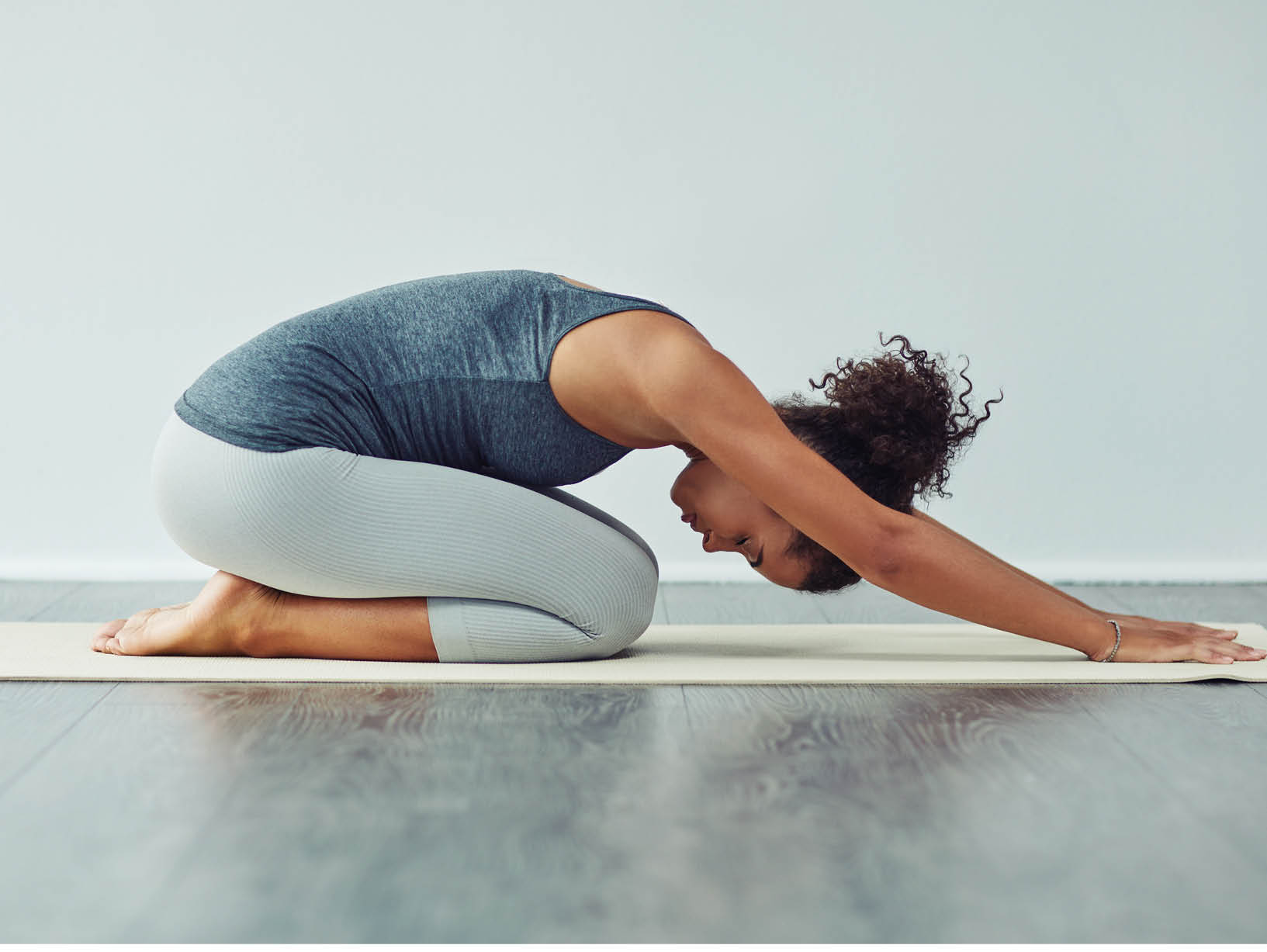
STRIKE A POSE
Yoga can seem overwhelming when you’re first starting out because there are many practices, studios, and online resources to consider. But first, it’s important to begin by understanding the poses, as these are the basis for nearly every practice of yoga.
Child’s Pose:
To give your lower back, hips, and hamstrings a stretch, try Child’s Pose. Rest your head gently on the mat, stretch your hands out in front of you, and rest your glutes on your heels. When you need a breather during a class, this is the go-to pose. It’s also a great stretch no matter what workout you’re in the middle of.
Downward-Facing Dog:
Another back-pain reliever, downward-facing dog is one of the fundamental poses of yoga that is often revisited throughout class. To do this pose, place your hands in front of you, sending your hips back and stretching out your calves. This also stretches out your Achilles tendon and hamstrings.
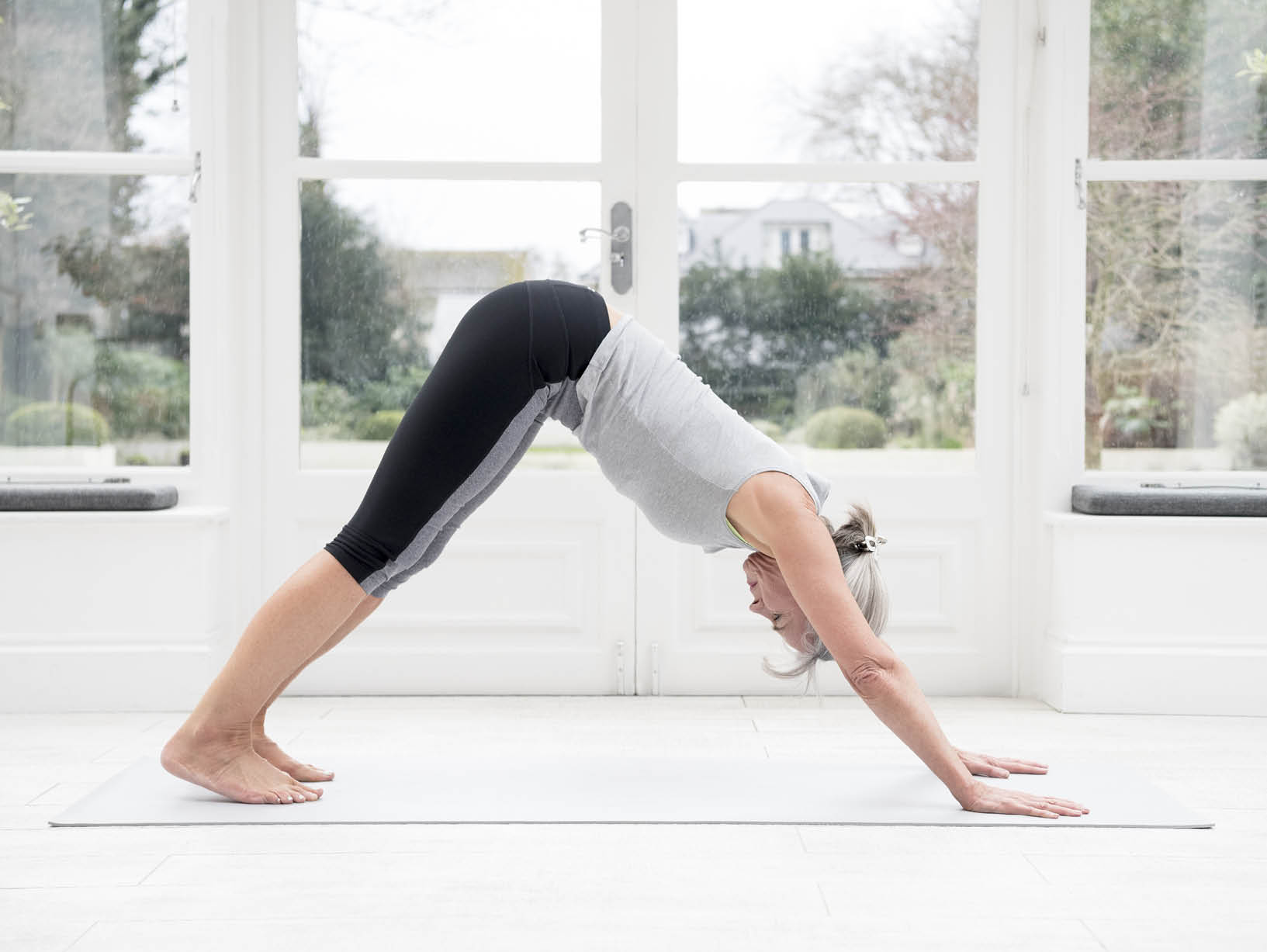
Plank:
Yes, you will be doing planks. But have no fear: this core-strengthening exercise only gets easier the more you do it (and you will be doing it often in yoga). There are many variations of planks: for example, holding yourself up on your forearms with your legs outstretched is the standard version; however, you can also place your knees on the floor or leave your arms fully extended for a less difficult variation.
Tree Pose:
One of the most commonly recognized poses of yoga requires balancing on one foot with the other foot placed on the inner thigh of the opposite leg and the knee turned outward. Hands are placed in a prayer position in front of the chest, and eyes are closed. This balancing pose is a posture perfecter and is revisited often during a class.
As you dive deeper into your yoga practice, you’ll start to realize the importance of these and other poses and how they correlate with the mind-and-body connection.
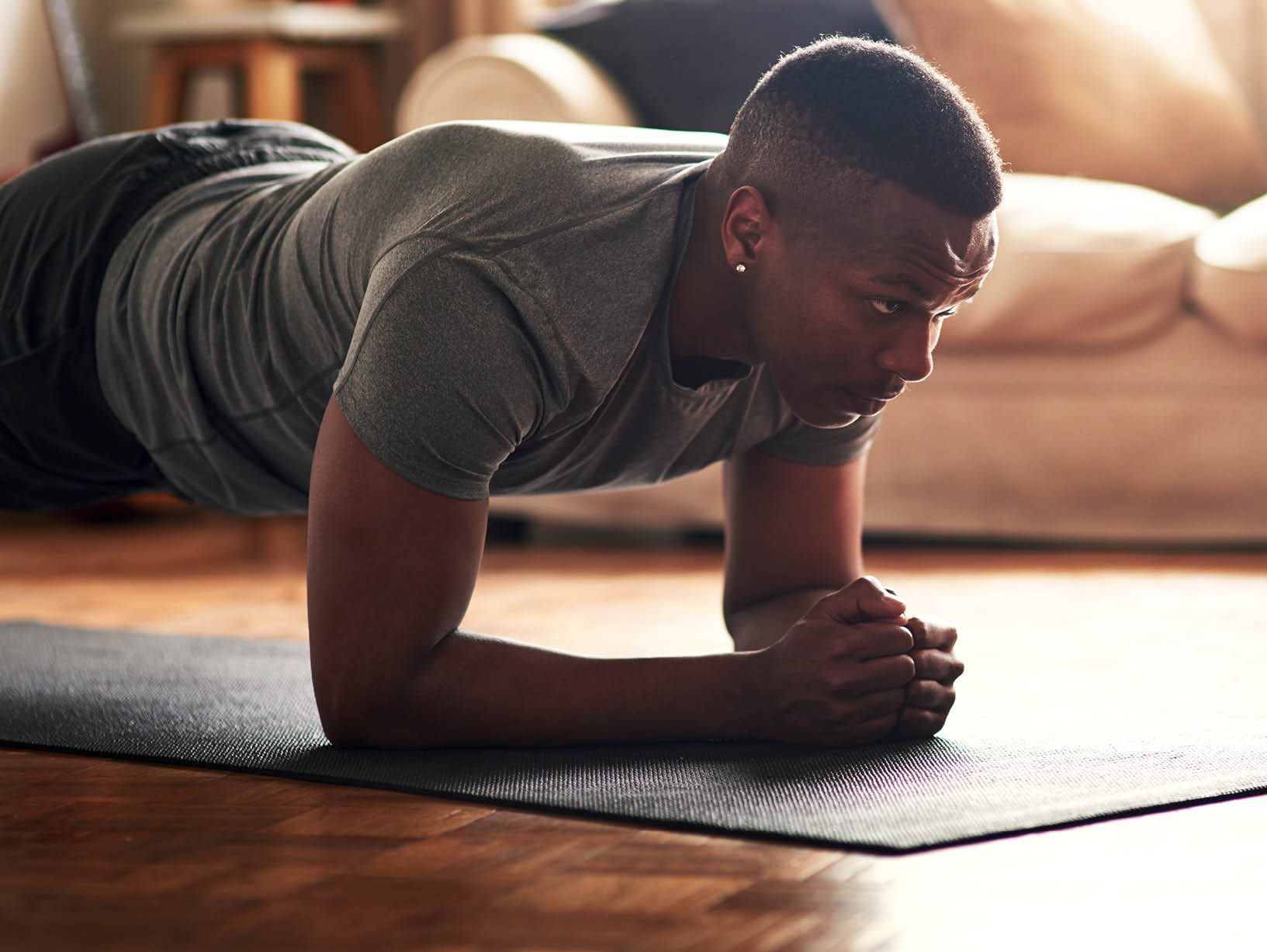
VARIETIES OF YOGA
As you scan your local yoga studio’s schedule or search YouTube for at-home classes, the various kinds of yoga you’re presented with may be confusing. Or maybe you’re experiencing ennui with your current roster of yoga classes and want to try something new. Get ready to roll out your mat and try one (or all) of the following types.
Hatha:
This is one of the most common types of yoga that you’ll find. Depending on the studio or instructor, Hatha may be more physically demanding or more focused on breathing and poses. Don’t be afraid to ask questions before signing up!
Vinyasa/Flow:
Another common variety of yoga, Vinyasa—sometimes referred to as “flow”—is a sequence of movements and poses that emphasize strength and better posture alignment. The most important aspect of a Vinyasa class is the continuity of movement.
Power:
This falls under the Vinyasa category but with a twist. It’s the perfect kind of yoga for those who may want something more rigorous than a traditional yoga class. Prepare to break a sweat!
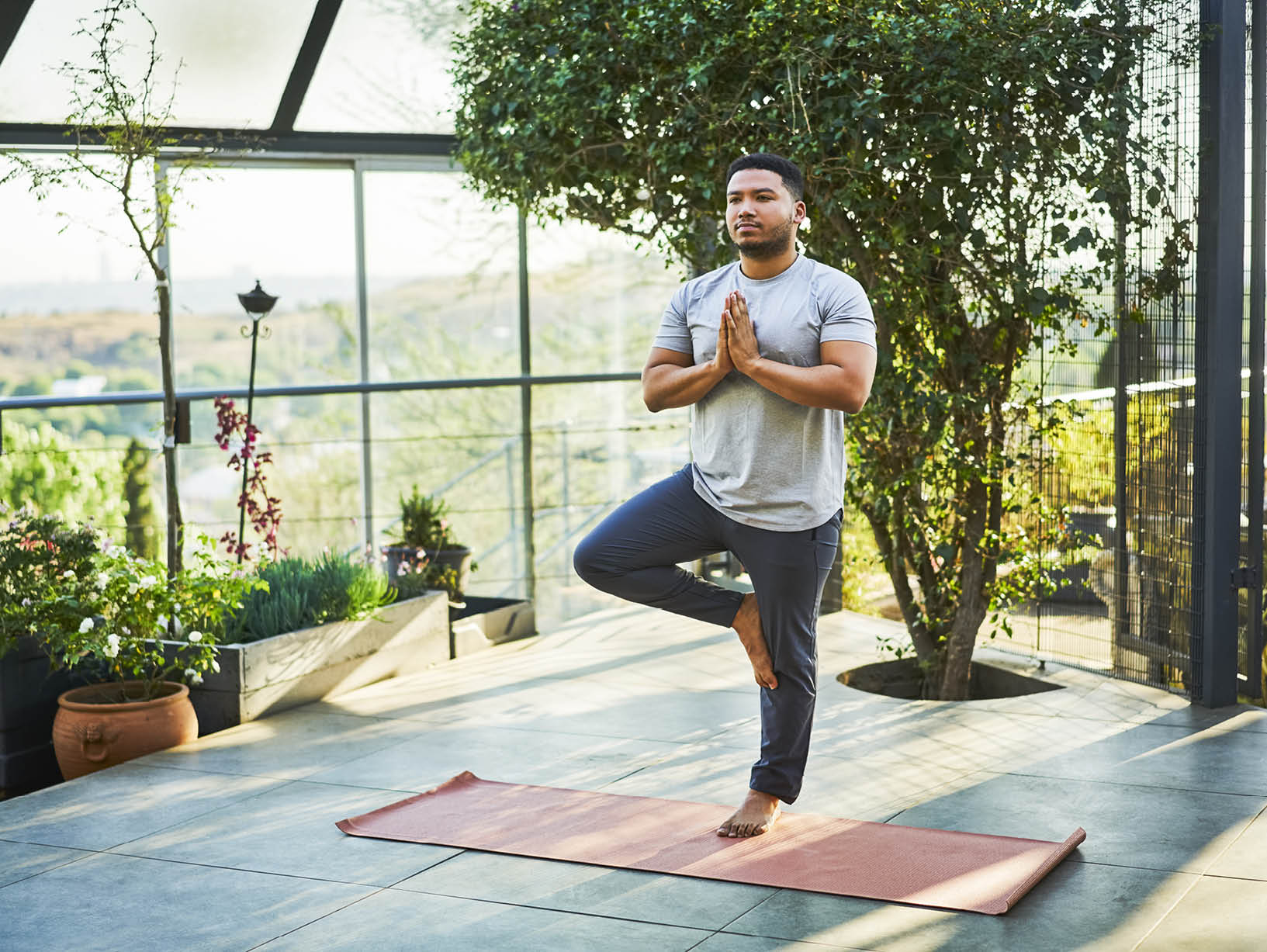
Kundalini:
This ancient yoga practice highlights the importance of the mind-and-body connection more than any other type of yoga. For something that will help you become more in tune with your breath, energy, and body, give Kundalini a go.
Hot/Bikram:
Feel the burn—and the heat. Hot yoga, traditionally known as Bikram, takes place inside a room set at an average of 90 degrees (not to mention the humidity). But don’t be scared off—this is highly beneficial for those who want to burn more calories, improve flexibility, and experience a class with a bit more cardiovascular benefit.
Restorative:
If you want more of the restful element of yoga and less of the sweat, restorative yoga is the answer. This type of class encompasses gentle movements and relaxing poses meant to do just what the name suggests: restore.
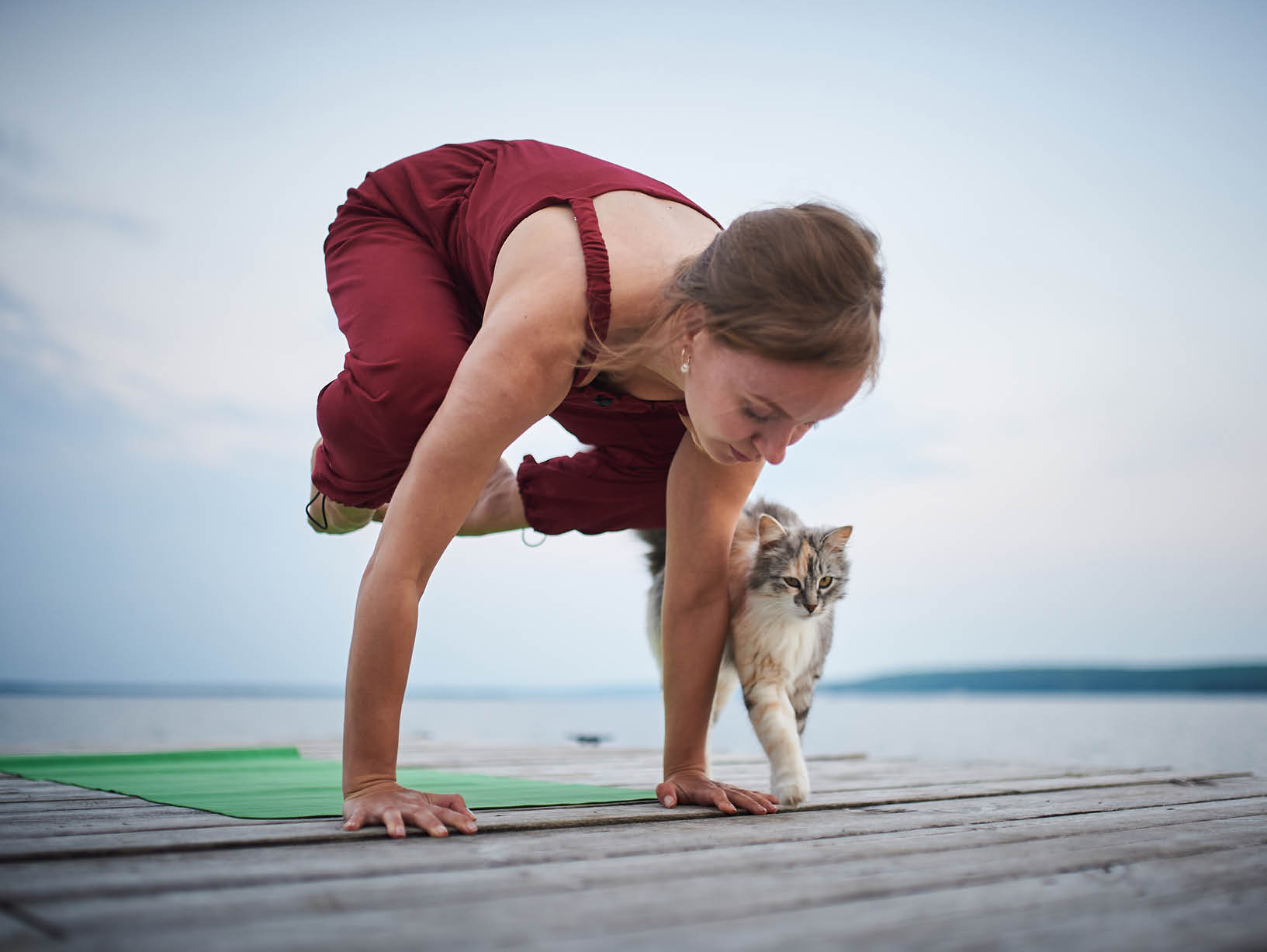
CAT’S OUT OF THE BAG
If you thought the above were the only variations of yoga, think again. Another trend in recent years is yoga classes with varieties of animals in the mix. What started in Oregon with goat yoga has since turned into its own genre of fitness. While there’s no added physical benefit to this popular offshoot, doesn’t the thought of doing downward-facing dog next to an actual dog bring a smile to your face? It may be distracting, but it’s well worth it for the happiness you’ll feel after a yoga session alongside a four-legged friend. Here are some of the most popular kinds of animal-focused yoga classes and what you can expect.
Dog:
The benefit to doing yoga with a dog is that, unlike goat yoga, you don’t actually have to leave your home if you’re a dog owner. There are poses that literally mimic those of a dog—such as downward-facing dog—and dogs can even experience a sense of harmony just like we do when practicing yoga. Instead of becoming annoyed that your pup is getting in your way during your practice, embrace it! He’s benefitting from it, too.
Goat:
You have goats to thank for animal-centered yoga entering the mainstream. Many places that offer goat yoga even experience waiting lists because of how popular it has become. That’s because yoga with goats is more than just an exercise class; it’s therapy. After all, it’s hard to focus on the negative when a baby goat hops on you during Vinyasa flow.
Cat:
If you can’t get enough snuggles with your cat, your feline friend is now welcome to yoga class. While cats may be distracting during the practice itself, similarly to dog and goat yoga, simply having this four-legged creature weave in and out of your poses produces a calming effect that’s beneficial to the mind and the body.
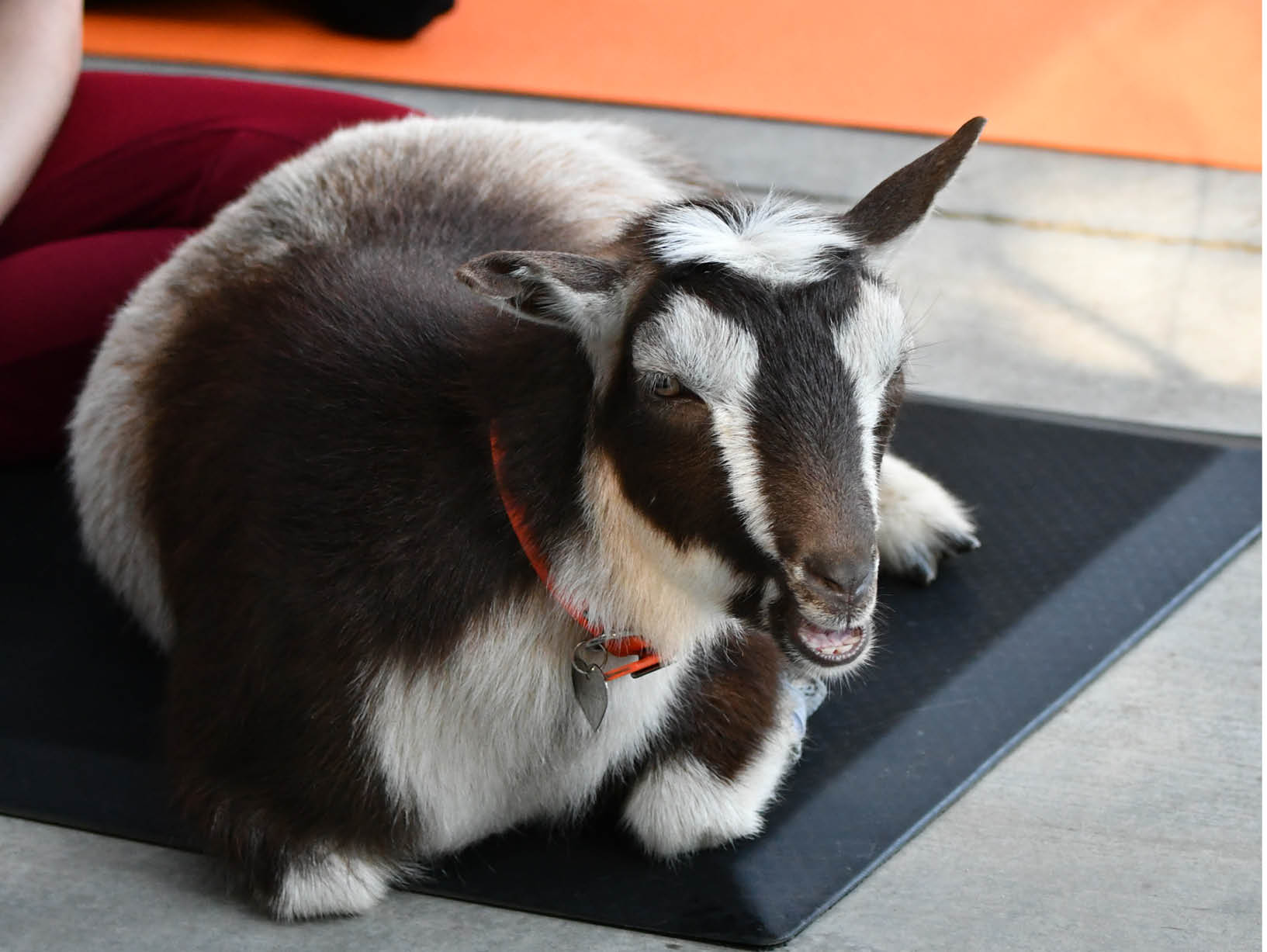
INHALE, EXHALE
The benefits of yoga range from the physical (improved muscle strength and flexibility) to the mental (better concentration and increased clarity). As you let your breath guide you through the unique movements of each type of yoga—with or without a four-legged friend to accompany you—immersing yourself in this fitness practice is just one way to create a more harmonic innermost self.
*Check with your doctor before starting any new fitness program.
For more info, visit yogajournal.com.
